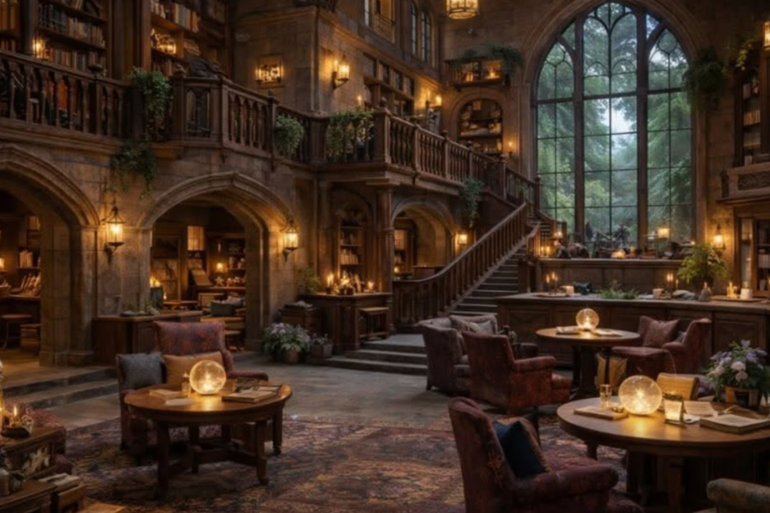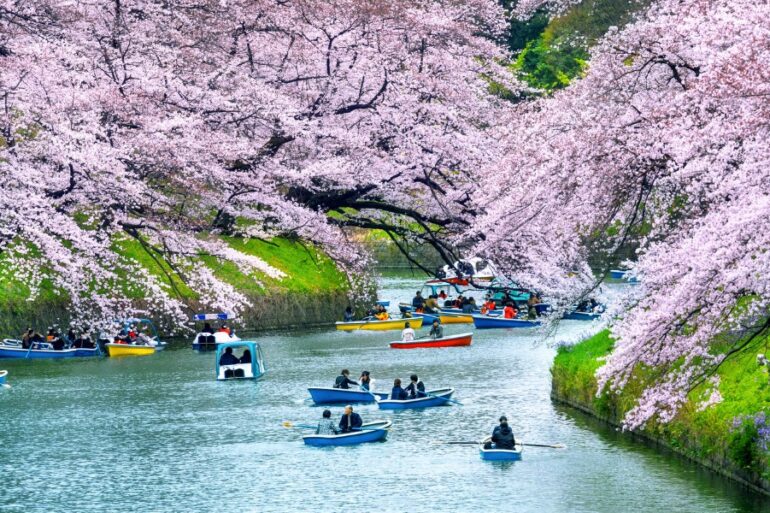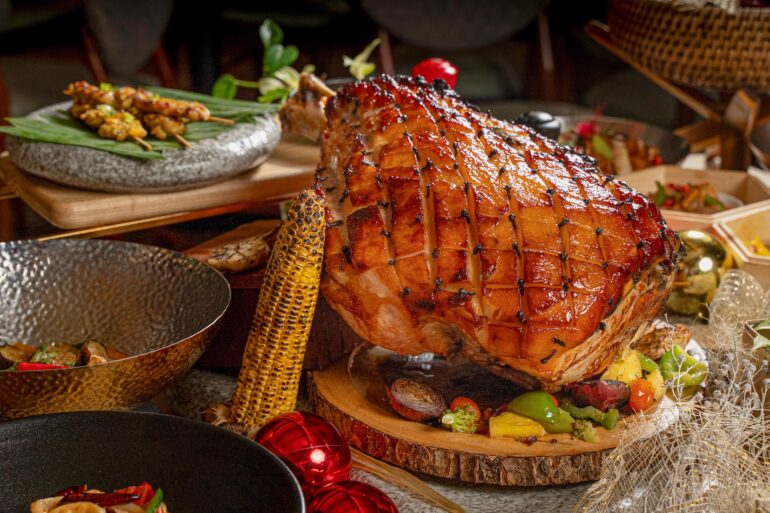What to do, what to see in Doha on a long layover (12 hours) or a quick visit (24 to 48 hours).
On Dec 18, 2022, the world held its breath as Argentina’s Gonzalo Montiel made his historic spot-kick to beat defending champion France and give the FIFA 2022 Cup to the Latin American nation. The real winner of the World Cup, however, was neither the two football giants.
With 3.4 million spectators visiting Doha during the World Cup and over 1.5 billion people glued to their screens in the finals, it was the host country – Qatar – that scored the proverbial winning goal.

It is not unusual for a nation to capitalize on a global event such as FIFA or the Olympics to promote its developments, yet Qatar’s hosting was different on many levels. It was the first time a country in the Arab world would host the prestigious FIFA World Cup.
And for many who were unfamiliar with Qatar beyond its branding as an energy leader, FIFA brought their attention to the massive transformation of its capital, Doha, into a futuristic metropolis that has not lost its unique cultural identity.
If you have less than a day in Doha, it is best to remember to see and do your ABCD—art, buy, culture, and dine.
Today, you come through the expansive Hamad International Airport, the 9th busiest international airport in the world, according to OAG, and one of the most popular hubs connecting the East and West.
From the airport, you alight at the Doha Metro, a 76-kilometer subway network of driverless trains, and disembark in any of the city’s districts and neighborhoods, such as the Msheireb Downtown or Souq Waqif, the business district West Bay, cultural places such as Katara, the once-fishing town of Al Wakhra, or the new city of Lusail.

Tourists who are flying to Europe or the Middle East will be making their stopover in Doha for some irresistible reasons.
Firstly, the transit visa is free when you fly on Qatar Airways. You’re entitled to transit for five to 96 hours. Otherwise, tourist visa applications can be made through the Hayya portal.
Secondly, the temperature between late October and early April drops significantly from the blistering heat of the Middle East long summer. In January, temperatures drop below 10 degrees Celsius, and it reaches between 24 and 27 degrees Celsius during the warmest hours of the day from December to March.

Another reason: Qatar is hosting the Doha Expo from October 2, 2023 to March 28, 2024, one of the largest horticultural shows in the world, covering 1.7 million square meters at Al Bidda Park.
There are four kinds of expos that happen globally—the most recent of significance is the Dubai 2020 Expo—and these events have a long-running tradition of featuring what’s new in the era: Expo 1893 in Chicago popularized the alternating-current system; the 1889 World’s Fair unveiled the Eiffel Tower; and Pablo Picasso’s Guernica was made just for the 1937 Paris Exposition.
Doha Expo is the first horticultural expo in a desert climate, featuring innovations to mitigate desertification in a world facing threats of climate change. Access is free.
12 hours in Doha

If you have less than a day in Doha, it is best to remember to see and do your ABCD—art, buy, culture, and dine.
Start in either one of Doha’s famous museums, the National Museum of Qatar or the nearby Museum of Islamic Art.
The National Museum is an architectural gem—literally. It is patterned after the desert rose, a rock created when water leaves behind dissolved minerals as it evaporates from a shallow basin. Aside from showcasing the history and culture of Qatar, the museum also surrounds the Old Palace, built in the early 20th century by the father of modern Qatar, Sheikh Abdullah bin Jassim Al Thani.

Meanwhile, the Museum of Islamic Art is also unique. A masterpiece of the late Chinese American architect I.M. Pei, who also designed the Louvre Museum’s glass pyramid, it is said that Pei had to leave his retirement just to design the building. He instructed erecting the museum on reclaimed land to avoid any obstruction from the sun. Today it towers over the nearby dhow harbor, housing Islamic art from over 1,400 years of history.
In the afternoon, choose between Souq Waqif or Mina District.
Souq is the Arabic word for market, and Souq Waqif is considered Doha’s main marketplace, founded more than 100 years ago. Tourists go through a maze of tight alleyways filled with the aroma of cardamom, saffron, and oud, and shops of all sorts, from antiques to sweets, pearls to spices. There are plenty of options for Middle East cuisines, too—from Lebanese to Azerbaijani – and you can ride camels here just for the experience.
From Souq Waqif, visit the Gold Souq, Doha’s most popular market for gold, and the Falcon Souq for a glimpse of a Qatari traditional sport, falconry.

Located near the Museum of Islamic Art, the picturesque Mina District was once Doha’s main port before commercial operations were transferred to Hamad Port a few years ago. Qatar then developed the old port into a beautiful esplanade, park, cruise terminal, and neighborhood adorned with 37 pastel-colored traditional buildings and over 100 shops and restaurants.
Stay here for coffee or karak (milk tea often with cardamom) and see the spectacular Doha skyline during the sunset.
Souq Waqif, the museums, and Mina District are just within the area and close to Al Corniche, Doha’s seaside promenade. If you have more time, you can ride the traditional dhow boat from Al Corniche to sail the coast of Doha.
24 to 48 hours

With at least one night in Doha, try dune bashing (also called desert safari) for half a day. Your 4×4 vehicle swoops across the desert in an adrenaline-filled roller-coaster ride, sliding down from the top of sand dunes and racing as if there were a police chase. It takes an expert driver to navigate a vehicle on sand, but the adventure is safe and all that screaming will pay off by the end.
Dune bashing usually happens around Khor Al Adaid, or Qatar’s Inland Sea, a unique lagoonal system nominated on the UNESCO Natural World Heritage list. This body of seawater is 15 kilometers long and 12 kilometers wide, connected to the Arabian Gulf only by a narrow channel, creating a natural home for dugongs, sea turtles, ospreys, flamingos, and Arabian gazelles.
During your return to Doha from Inland Sea, consider dropping by Souq Wakra in Al Wakhra. This souq by the beach is a less crowded market than Souq Waqif but one that also features local shops and restaurants.
More than 2 days

A day is certainly too short to appreciate the other side of Doha: a modern metropolis. Much of that can be seen with a drive across the city—West Bay, the main central business district, and The Pearl, a manmade island across 4 million square meters.
But Lusail captivates the most, especially its architectural icons, the crescent-shaped Katara Towers (home to two hotels, Fairmont and Raffles) and the oddly shaped four-building Lusail Plaza Towers, to name a few.

If you do find yourself spending more than 48 hours in Doha, I would recommend what I personally call the “World Cup Amazing Race”— to visit all 8 stadiums Qatar built and used for the FIFA World Cup. I’ve done so myself, enthralled by the spectacular architecture of each stadium. How many could say they’ve been in all the World Cup 2022 arenas?
The best ones are Lusail Stadium, where Argentina beat France; Al Janoub, patterned after the dhow sails; Stadium 974, made of shipping containers; and Al Thumama, resembling a gahfiya, a traditional woven cap for men and boys in the Arab world.
Where to eat

Try the restaurants at Katara Cultural Village in Doha, such as Bayt El Talleh, perched on a hill, and Marsa Katara, an overwater sea view restaurant. For a scenic dining experience, try Three Sixty, a revolving restaurant on the 47th floor of Torch Doha.
Otherwise, you can try Doha’s downtown. Qatar is a melting pot of cultures; the only question is which cuisine your craving summons. My personal favorites are Habeeb (a Turkish restaurant in Mansoura); Afghan Brothers, where guests have the option of private group dining on the floor as Afghans do; and Shujaa, a local barbeque place in Souq Waqif that easily gets full.
End your meals with delectable desserts such as kunafa, and take home a pack of dates for loved ones back home.
Travel tips

Most retail stores in Qatar accept card payments, but it is always helpful to bring extra cash especially for tips. Many shops also close during Friday morning prayers (10 am to 12 pm).
Although attitudes toward clothes are relaxed, wear modest clothing. You cannot bring alcoholic drinks and pork into Qatar. Further, smoking is not allowed in public spaces.
Getting around is easy with an Uber or a taxi. The Doha Metro is affordable; a single journey costs QAR2 (P31) and a day pass is QAR6. Karwa buses take you to the MRT station for free. It is important to ride the correct train cabin at the Doha Metro: women, children, and married couples can take the “family” designated section, while everyone can take the “standard” cabins.
Packaged tours are available with Viator, Klook, or Discover Qatar.








